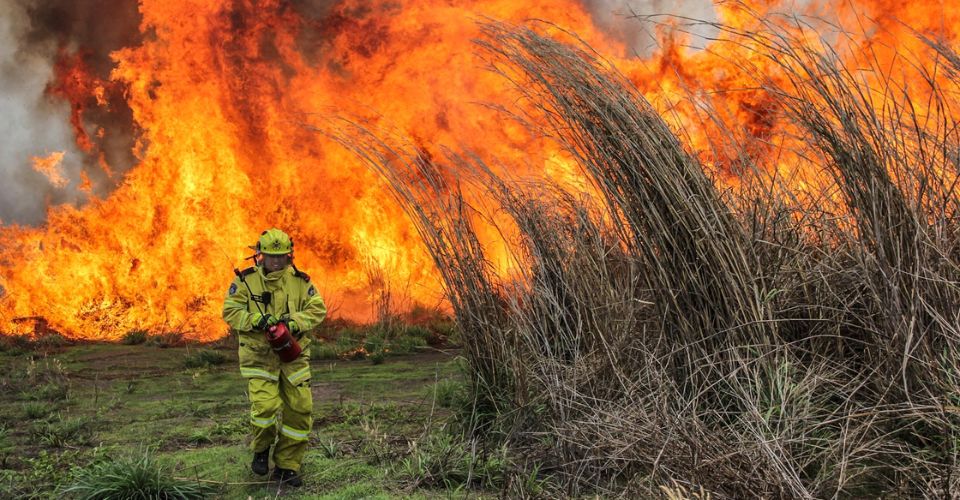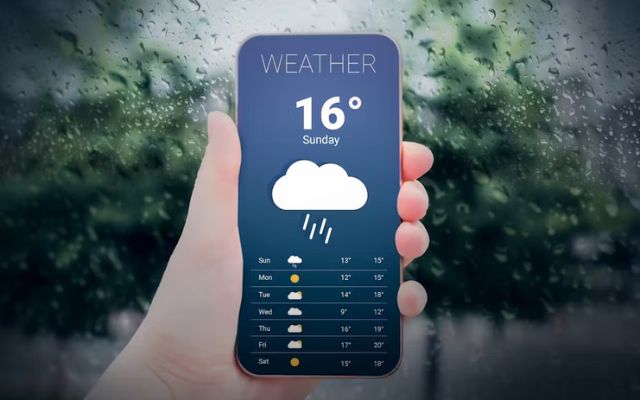El Nino Transition to Affect the Fire Season in Northern California
As opposed to the drier and warmer conditions the North State experienced at this time last year, El Nino is the result of a shift in ocean temperatures in the equatorial Pacific, which fire weather experts predict to bring about a different outlook.
We are in the process of changing from La Nina ending in March to El Nino, which is anticipated to develop over the next few months.
El Nino events usually develop in the late summer or early fall and don't show up this early in the summer, said Brent Wachter, a fire meteorologist with the Northern California Geographic Coordination Center in Redding.

El Nino and fire season
According to a report by the coordinating center's Predictive Services, the weather outlook for May and June with the change from La Nina to El Nino is for "near-normal to above-normal rainfall" over Northern California and from "normal to below-normal temperatures".
This forecast is not favorable for large-scale wildfires.
According to the forecast, July and August will experience "near to above normal temperatures and near normal precipitation."
The weather and fire season is impacted by yet another component, according to the watcher.
Lower elevations present a fire risk due to more grass
According to Dan Dennett, assistant fire chief for the California Department of Forestry and Fire Protection ranger unit in Redding, the higher rainfall this year resulted in a bumper crop of grasses in the foothills and valleys.
In June, that grass, which can serve as fire fuel, is anticipated to dry up and become more flammable.
The final fact is that with the quantity of rain we have this year, a very healthy grass crop is expected at lower elevations.
However, given how much snow we had, the start of the fire season will be delayed in the upper elevations, according to Dennett.

More grass is a fire concern at lower elevations
Shasta County did not experience a busy fire season in 2022, despite the fact that warm, dry weather increased the likelihood of burning.
Only 555 acres in the county burned from January 1 to September 30 of last year, according to Cal Fire. Also, just 5 fires totaling more than 10 acres were reported during that time.
Last year at this time, there had only been roughly 4 inches of rain since January 1.
However, the National Weather Service reports that from the year's commencement, Redding has received little over 28 inches of rain.
Don’t forget to visit Go Weather Radar for more up-to-date news!
Related | Meteorologists Anticipate A Quick Transition To Summer


































0 Comments
Leave a Comment
Your email address will not be published. Required fields are marked *